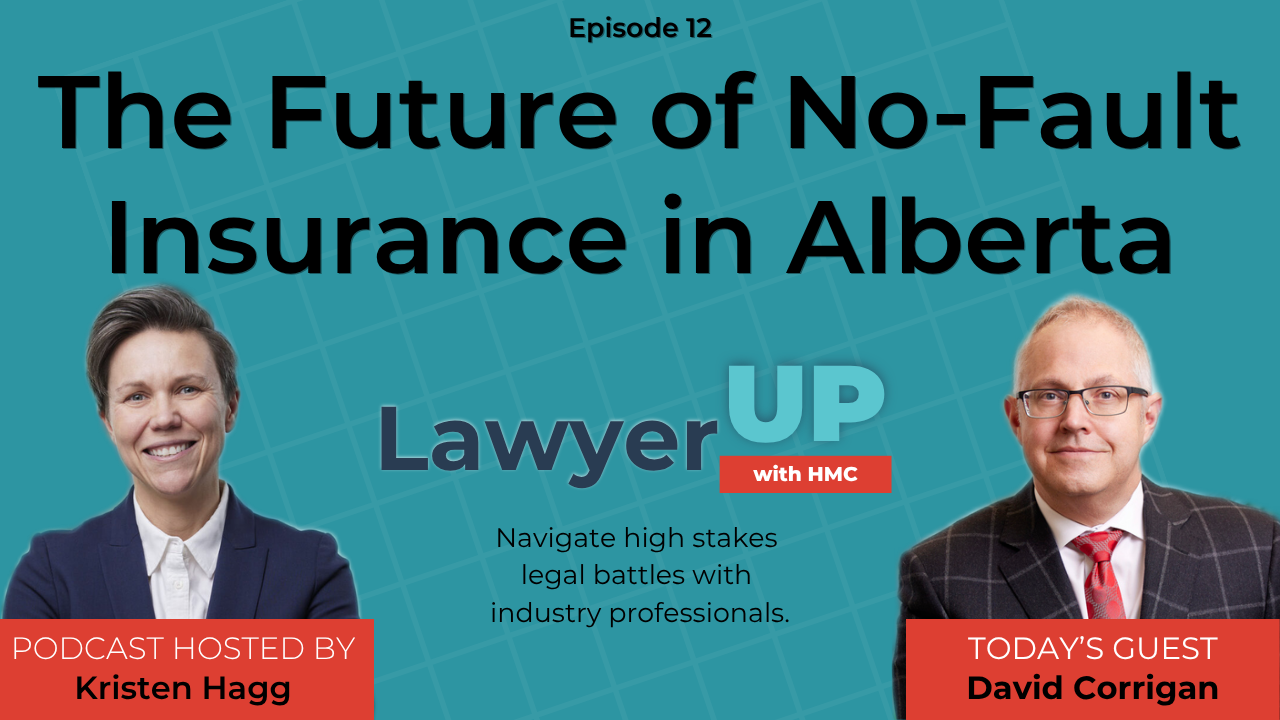
Frequently Asked Questions: Construction Law
Calgary Construction Law Firm
Builders’ Liens in Alberta
What is a Builders’ Lien?
A builders’ lien is a legal framework that provides contractors, subcontractors and other parties entitled to payment in a construction project an effective form of recourse if they are not paid within a reasonable time. Registering a lien against a property secures a legal interest in the property or leasehold interest for the registering party.
Once a builders’ lien has been registered against a property or leasehold interest, various enforcement measures can be utilized by the registering party to try to obtain recovery for their lien claim. Further, the owner of the property will not be permitted to sell or mortgage the property until the lien is cleared from title, where the lien is registered directly against the property.
Who Can Register a Builders’ Lien in Alberta?
A party entitled to payment for work or supplies relating to a construction project can file a lien, so long as they meet the following requirements:
- They have done work or caused work to be done based on an “improvement” to the land; or
- They provided any of the materials used for that “improvement” of the land.
The term “improvement” in this case refers to anything constructed, built, erected, dug, drilled on or in the land in question. Work completed on items not permanenting affixed to the land (e.g. a mobile home) may not provide sufficient grounds to register a lien against the land itself. In certain instances, drawings or specifications created by consultants may support a lien, where those drawings or specifications have been relied on to construct the improvement.
How can a property owner remove a builders’ lien from title?
There are a number of ways to have a builders’ lien removed from title. Two of the most common methods include:
- Payment of the lien amount or security for the lien amount into court. If the parties cannot agree as to the merits of the claim behind the lien, either the property owner or another party can pay the amount of the lien as security into court while the parties negotiate and/or litigate the matter. Once the funds have been secured, the court will make an order to discharge the lien from title. The funds will remain with the court until the matter has been resolved and then paid out accordingly.
- If the lien holder fails to observe the necessary deadlines with respect to filing a Statement of Claim or registering a certificate of lis pendens (a notice of pending litigation), the lien may be removed by writing a letter to the Registrar of Land Titles.
Bill 37: Prompt Payment & Filing Deadline Changes in Alberta
What is the Overall Impact of the Builders’ Lien (Prompt Payment) Amendment Act on Alberta’s Construction Industry?
Bill 37, the Builders’ Lien (Prompt Payment) Amendment Act received royal assent in December 2020 and is expected to come into force in July 2021. The Bill will bring significant changes to the builders’ lien process in Alberta, primarily related to the various filing deadlines and the dispute resolution process. As well, the Bill will rename the Builders’ Lien Act to the Prompt Payment and Construction Lien Act.
What are the new payment and filing deadlines under Bill 37?
Under the new Act, there will be a 28-day timeline for project owners to pay contractors once an invoice is received. Once payment is received, the contractor will then have 7 days to issue payment to all subcontractors and suppliers.
If the project owner wishes to dispute the invoice, they must do so within 14 days of receiving the invoice by providing a Notice of Dispute. Any undisputed amounts must still be paid within the 28-day window.
The deadline to register a builders’ lien will also be extended, from 45 to 60 days. For work relating to the oil and gas industry, the deadline will be extended to 90 days.
How will the adjudication process work under the Prompt Payment and Construction Lien Act?
Prior to the implementation of Bill 37, disputes relating to non-payment were typically decided in court. To streamline this process, the Bill will create a prompt payment adjudication process specifically designed to resolve payment matters.
Under the Bill, the Minister of Service Alberta will appoint Authorized Nominating Authorities (ANAs) which will appoint third-party adjudicators with construction experience and qualifications to resolve payment disputes. The decisions of these appointed adjudicators will be binding on the parties. Parties will still retain the right to register and enforce a builder’s lien against a property.
Condominium Disputes and Litigation
As a property manager and/or condominium corporation, what are my obligations relating to potential construction claims against the developer?
Be sure to complete a full review of the as-built construction of the property prior to the expiration of the time period under Alberta’s Limitations Act. Section 3(2) of the Act sets out the period for a bringing a claim as two years from the date the claimant knew or ought to have known of their cause of action, subject to an ultimate drop dead deadline of 10 years from the date of performance. To avoid a situation where a claim is dismissed for being out of time, it is important to understand what issues may exist with the design and construction of your condominium that could result in substantial damages to the property, in advance of any limitation period expiring. Where damages or the potential for damages is present, it is important to thereafter act proactively to understand those issues and to take steps to preserve or seek recovery of your damages as against the involved parties, prior to the expiry of the limitation period.
What are my options to bring a claim if the developer was a single-purpose entity, and no longer exists now that the project is completed?
Property managers and Condominium Boards often think that they are out of options to make a claim if the developer has disbanded since the completion of a project. Single-purpose entities are common in the Alberta condominium market, with developer entities being created for the purpose of completing a single project. However, just because the developer may no longer exist as it did during development, it does not mean you’re out of options.
Start by making appropriate enquiries as to determining what construction companies or consultants were involved with the original construction of your condominium. Most construction contracts include the requirement to carry commercial general liability insurance policies, setting out insurance requirements relating to the project and stipulating what parties may be protected. Just because a single purpose entity no longer exists, other parties or companies involved with the construction may and the single-purpose entity may still have a responding insurer, making a claim to recover damages more viable. Condominiums should not walk away from these claims without making appropriate enquiries, as they may very well be able to recover a portion of their damages from the responding parties or their insurers.
Contact HMC Lawyers for Insightful Legal Advice About Your Construction Law Matters
At HMC Lawyers, our highly skilled construction law team has the experience and unique perspective needed to understand both the very technical nature of construction matters and the particular needs of businesses in the industry. We know how small disputes can lead to long delays and the impact that liens and other claims can have on your bottom line. Call 1-800-480-3534 or contact us online to make an appointment with one of our construction lawyers.



